Symphony of Diversity: Coexistence of Religion and Ethnicity in Sarajevo
Muhe - Sunday, 27 July 2025 | 06:00 AM (WIB)
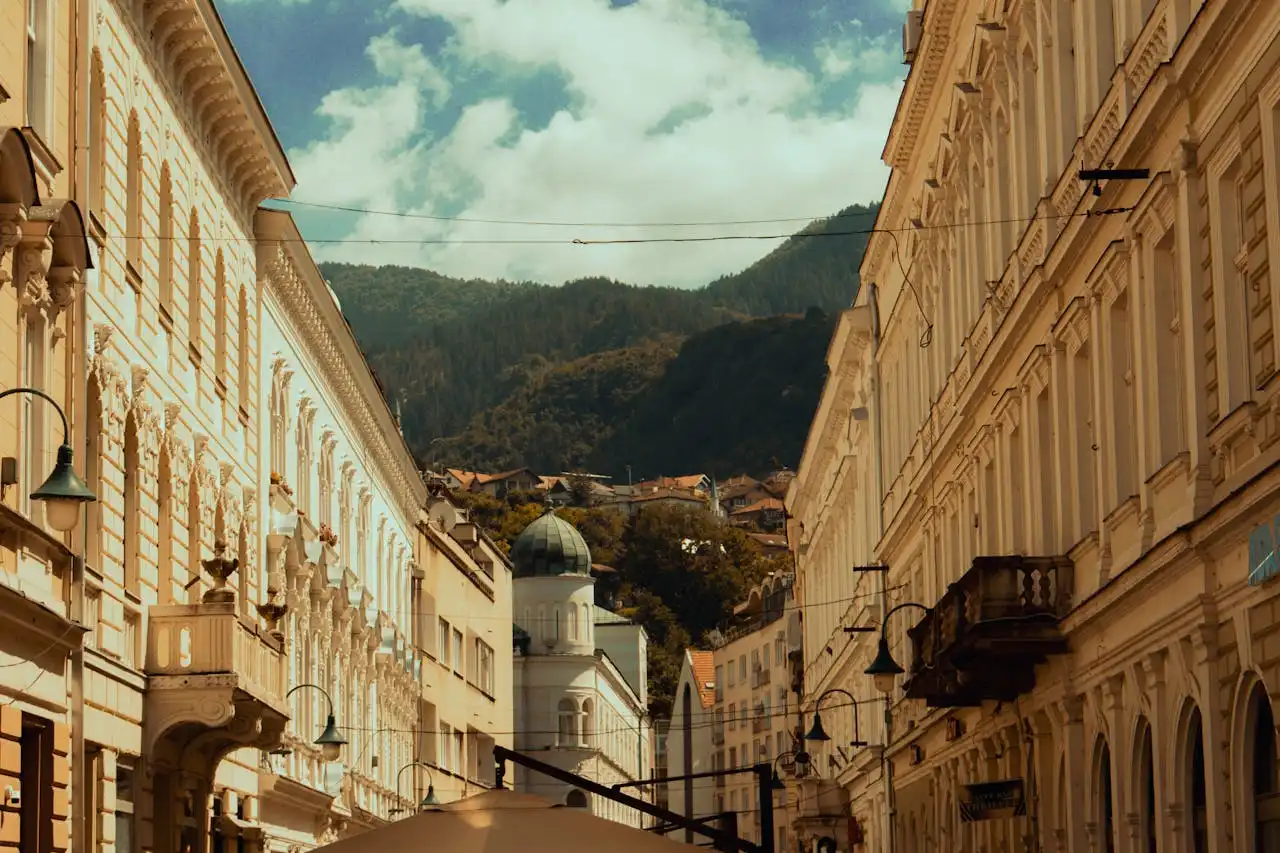

Baščaršija: The Beating Heart of Coexistence
Imagine this: you’re walking through Baščaršija, the city’s 15th-century Ottoman bazaar. Within a few blocks, you’ll hear the haunting call to prayer, the chime of church bells, and might even catch the silhouette of a synagogue dome. This isn’t some curated display of unity—it’s a centuries-old reality.Sarajevo’s legacy as an Ottoman stronghold helped shape a richly layered society where Muslims, Orthodox Christians, Catholics, and Jews have lived side-by-side, not just tolerating each other, but sharing food, space, and traditions. It’s an organic kind of harmony that feels increasingly rare in our divided world.Dark Days: The Siege and Sarajevo’s Strength
But let’s not romanticize everything. Sarajevo has endured trauma that would break most places. The Siege of Sarajevo during the 1990s Bosnian War was brutal—one of the longest in modern history. The city, once a symbol of coexistence, became a frontline of ethnic and political conflict.And yet, Sarajevo didn’t just survive—it endured with soul intact. Despite unimaginable hardship, once the fighting stopped, people didn’t retreat into division. Instead, they rebuilt—physically and socially. Mosques, churches, and synagogues reopened. Neighbors chose dialogue over distance. It wasn’t easy, but it was intentional.The Everyday Rhythm of Peace
Today, Sarajevo’s strength isn’t found in grand gestures, but in its quiet, daily affirmations of unity. Families of different faiths swap dishes during holidays. Kids of mixed ethnic backgrounds kick footballs across playgrounds. You’ll see mixed marriages, interfaith friendships, and a street culture that celebrates the city’s mosaic identity.This isn’t just passive cohabitation—it’s active coexistence. Sarajevo doesn’t just remember its past; it transforms memory into a mandate for compassion. In doing so, it offers a rare kind of hope.Not Perfect, But Purposeful
Let’s be real: Sarajevo isn’t some utopia. The wounds of war haven’t vanished. Difficult conversations about truth, reconciliation, and justice still unfold across dinner tables and political debates. But what sets the city apart is its refusal to fall into bitterness. The emphasis isn’t on erasing difference, but learning to live with it—with dignity, humor, and grace.A Beacon in a Fragmented World
Perhaps that’s Sarajevo’s greatest gift. It doesn’t pretend to be perfect—it simply chooses understanding over fear. It proves that diversity, far from being a weakness, is a profound strength.In an age where headlines often scream division, Sarajevo whispers a powerful alternative: that coexistence is possible, peace is attainable, and even in the wake of darkness, communities can choose to rise—together.Come for the History, Stay for the Humanity
Visit Sarajevo and you won’t just see history—you’ll feel it. Not as something trapped in museums, but alive in the streets, in the smiles, in the coffee shared between strangers. It’s not just a city—it’s a lesson, a symbol, and a hug disguised as a destination.So go. Walk its cobbled alleys, sip its strong coffee, and listen to its stories. You won’t just leave with photos—you’ll leave with perspective.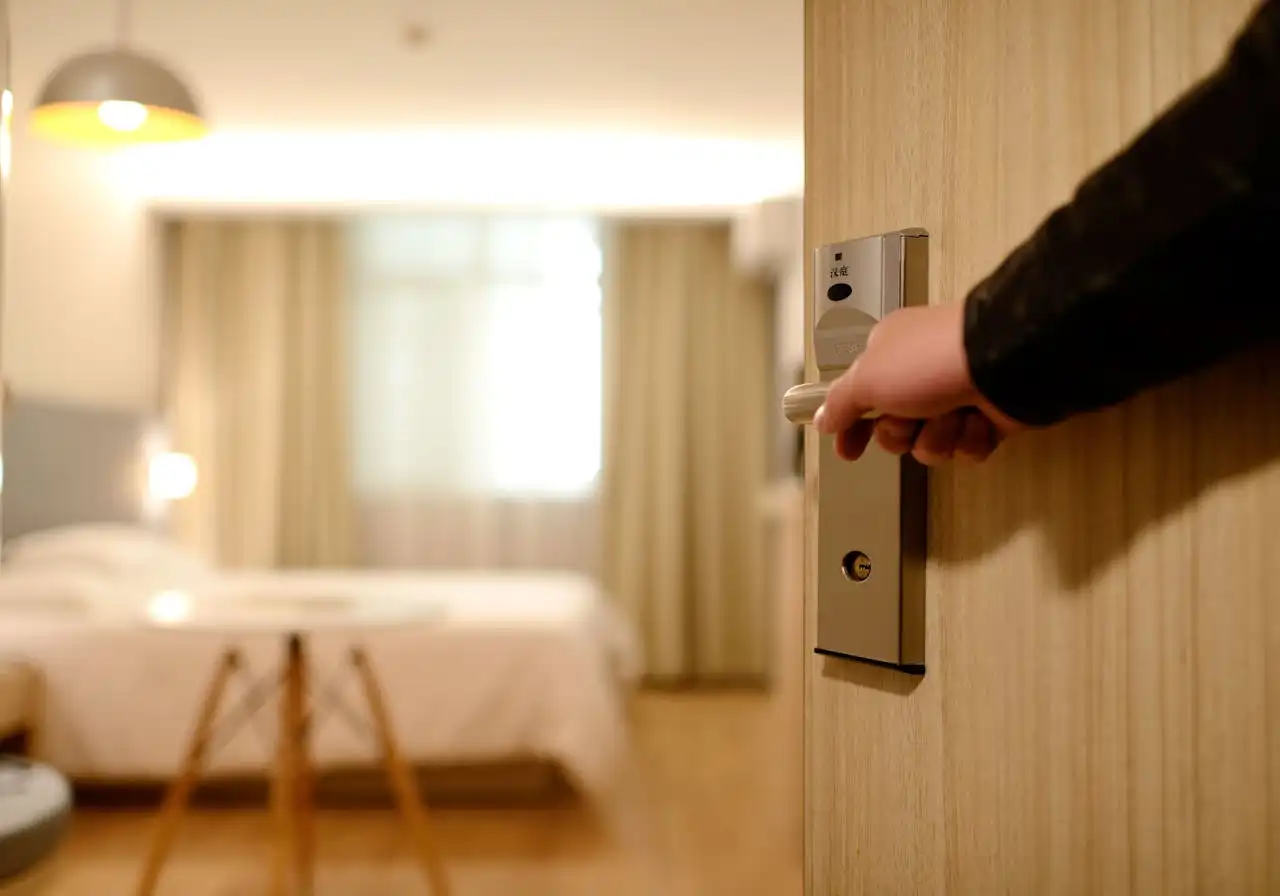
Your Ultimate Guide to Nailing That Weekend Getaway Hotel Stay
2 months ago
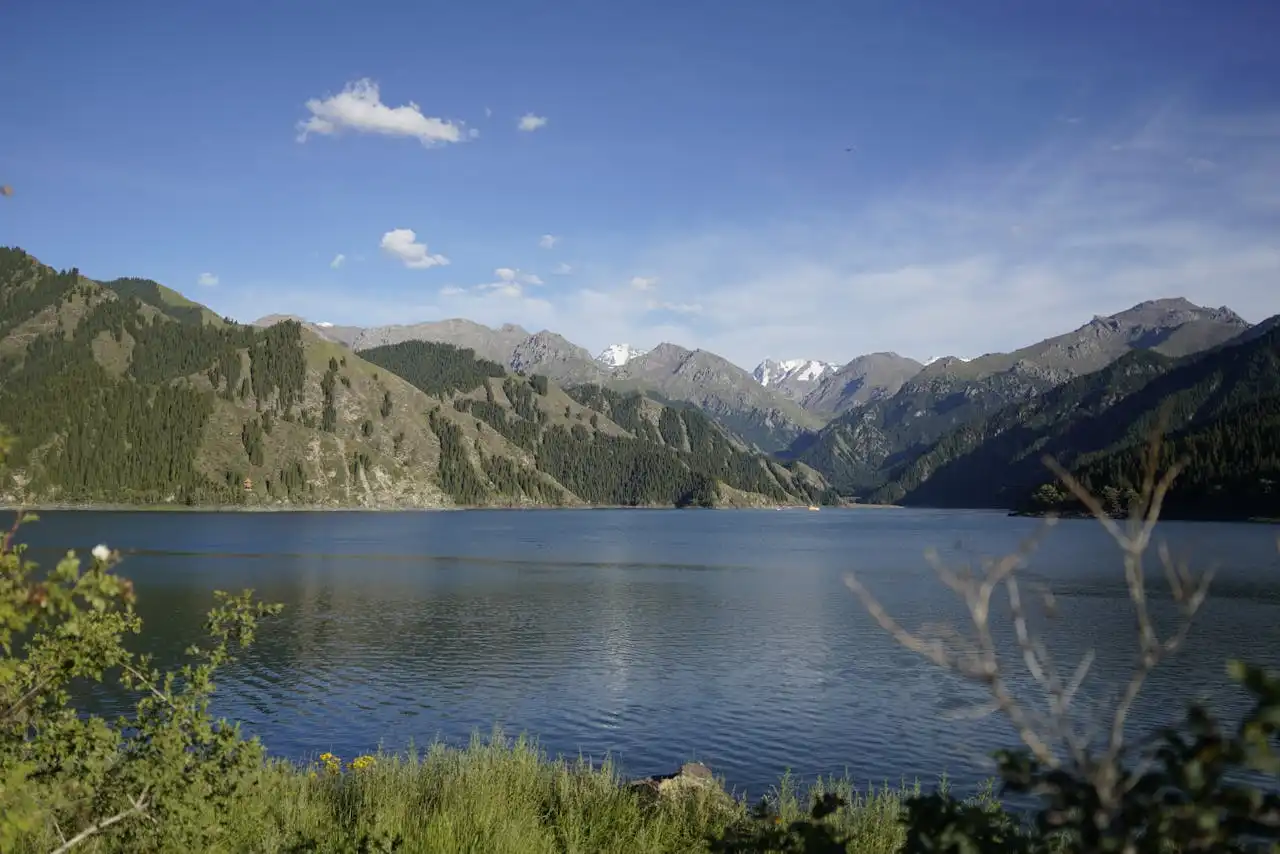
Secret Natural Beauty: What are Kazakhstan's Must-Visit Natural Tourist Attractions?
2 months ago
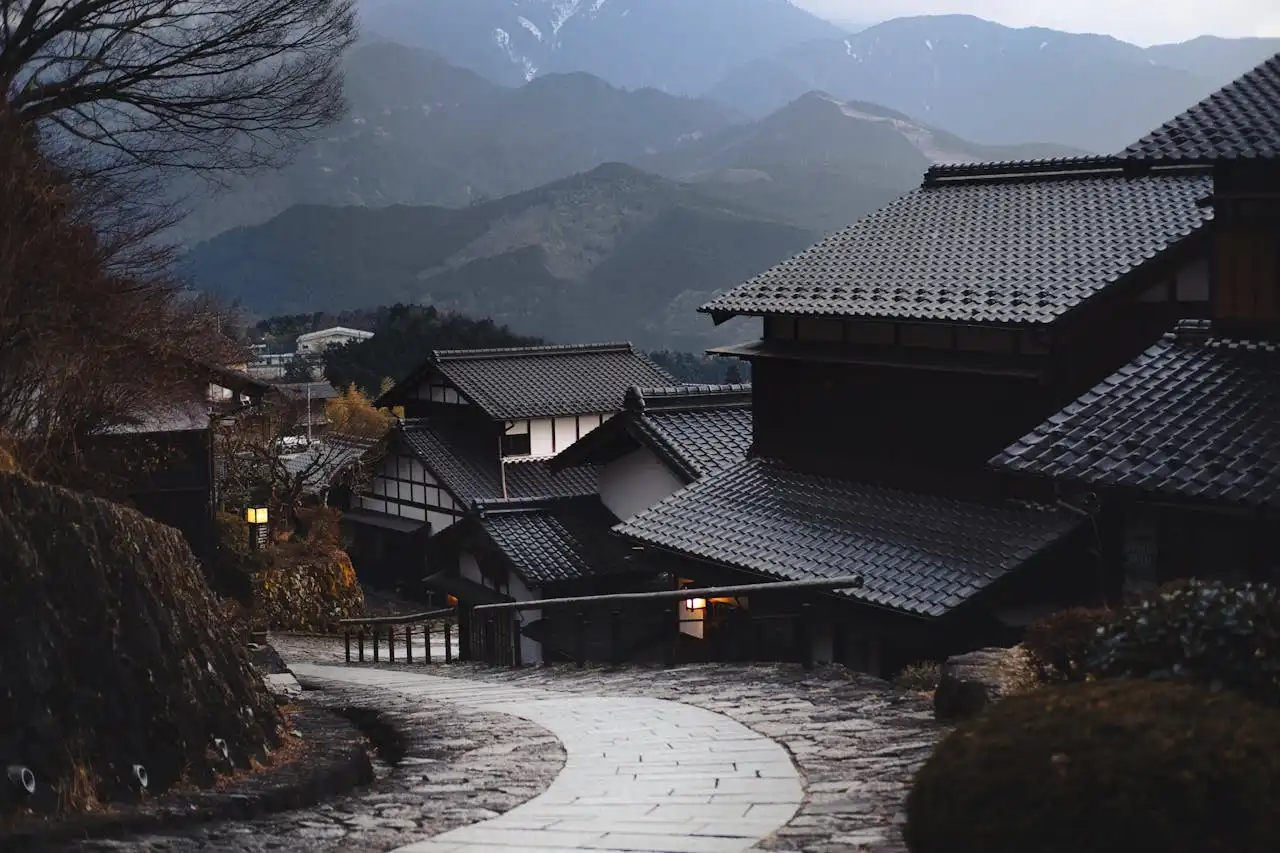
New Travel Rules for Japan in 2025: What Travelers Need to Know
2 months ago
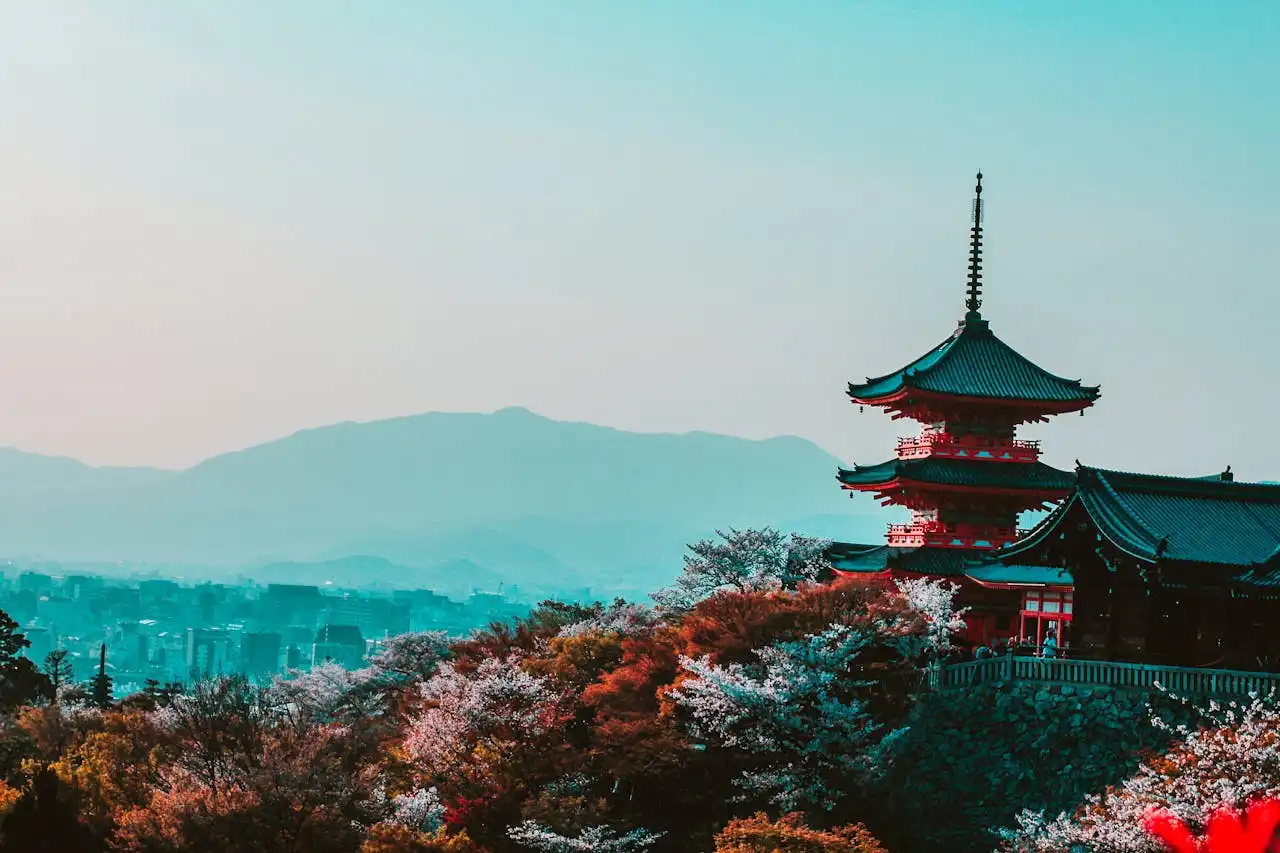
Beyond the Beaten Path: Unveiling Japan's Next-Level Hidden Gems
2 months ago
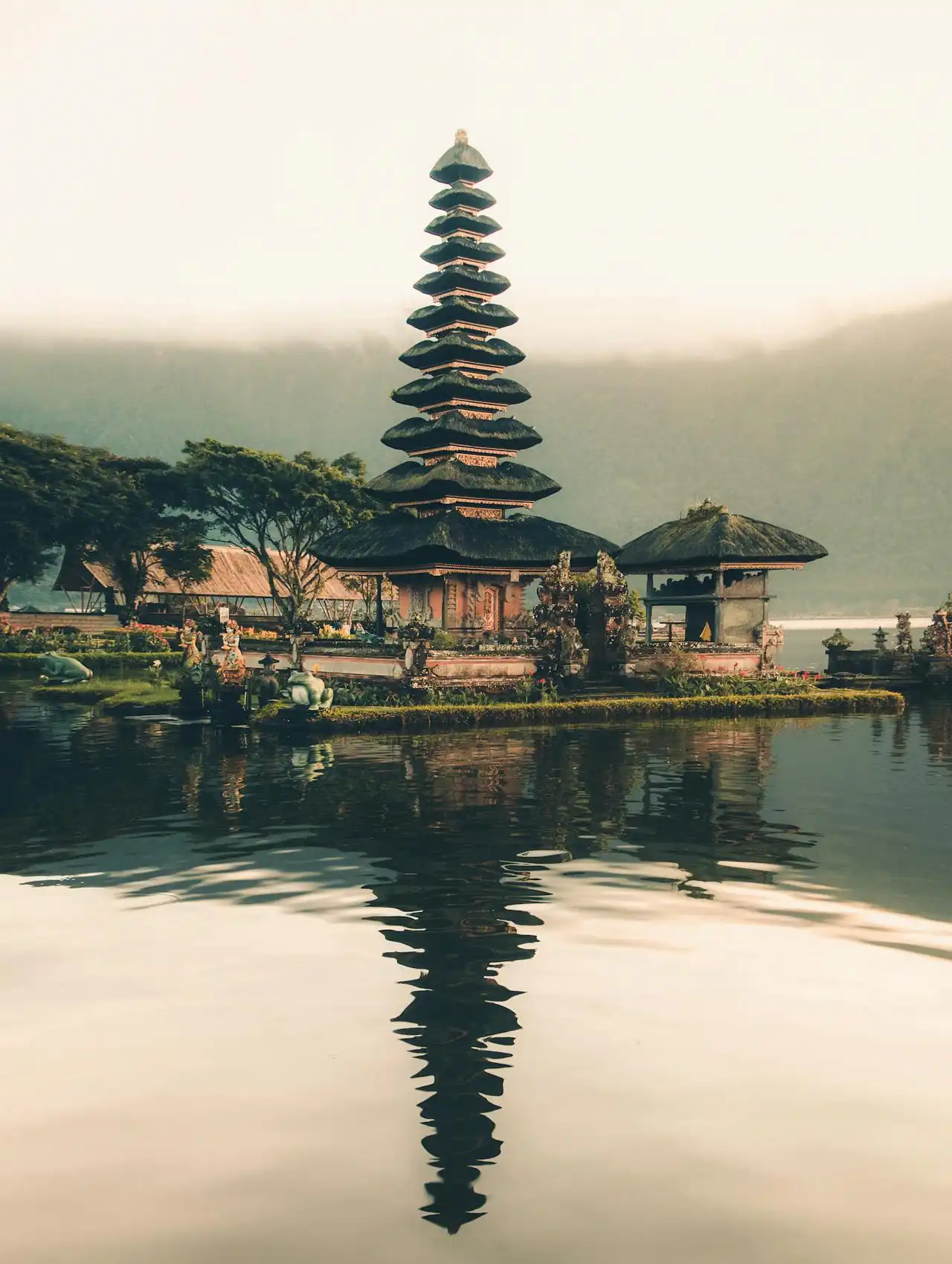
From Blighty to Bali: Why Japan and Indonesia Are Stealing British Hearts (and Holiday Plans)
2 months ago
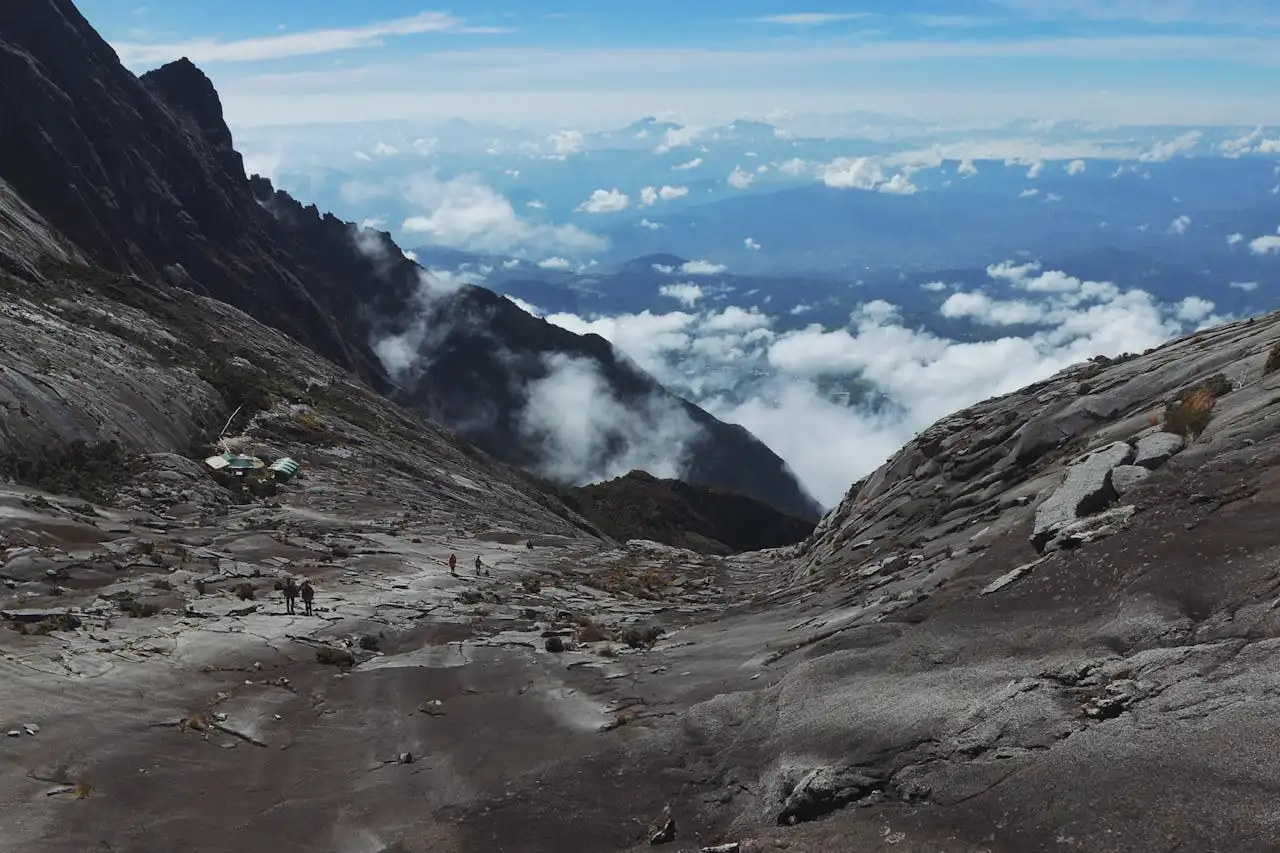
Forget What You Heard: Malaysia is the Climbing Paradise You Never Knew Existed
2 months ago

Your Solo Staycation Survival Guide: How to Ace That Me-Time Without a Hitch
2 months ago
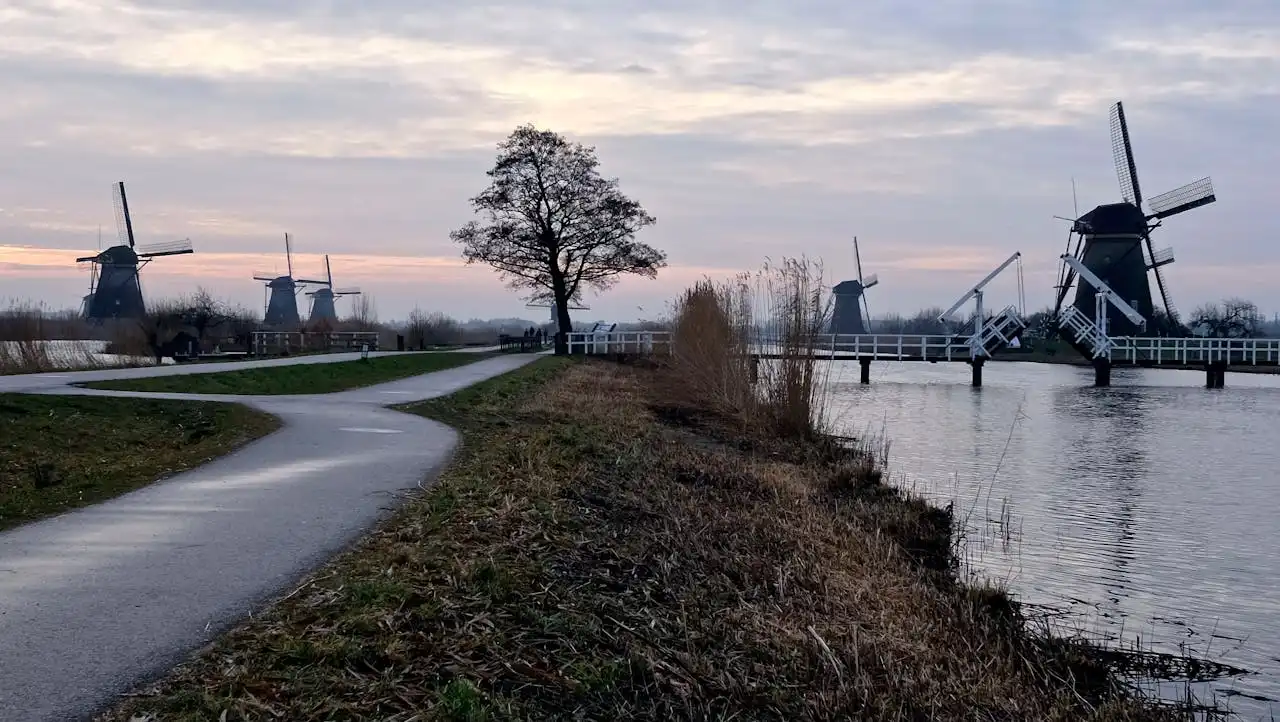
Windmills and Wallets: Kinderdijk's Iconic Landscape Faces a Fee Furore
2 months ago
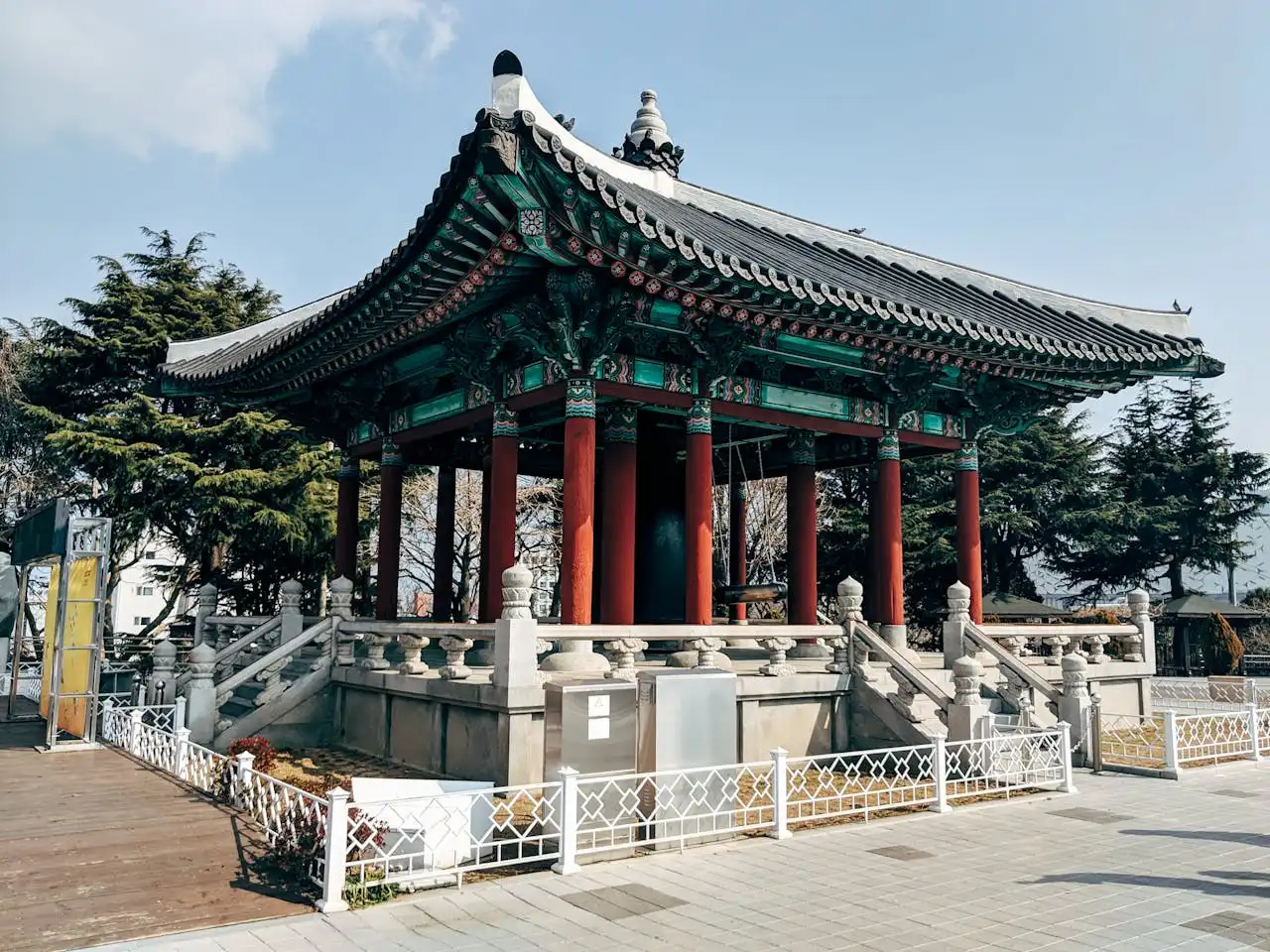
From Screen to Scene: How K-Dramas Are Turning Filming Locations into Fan Pilgrimages
2 months ago
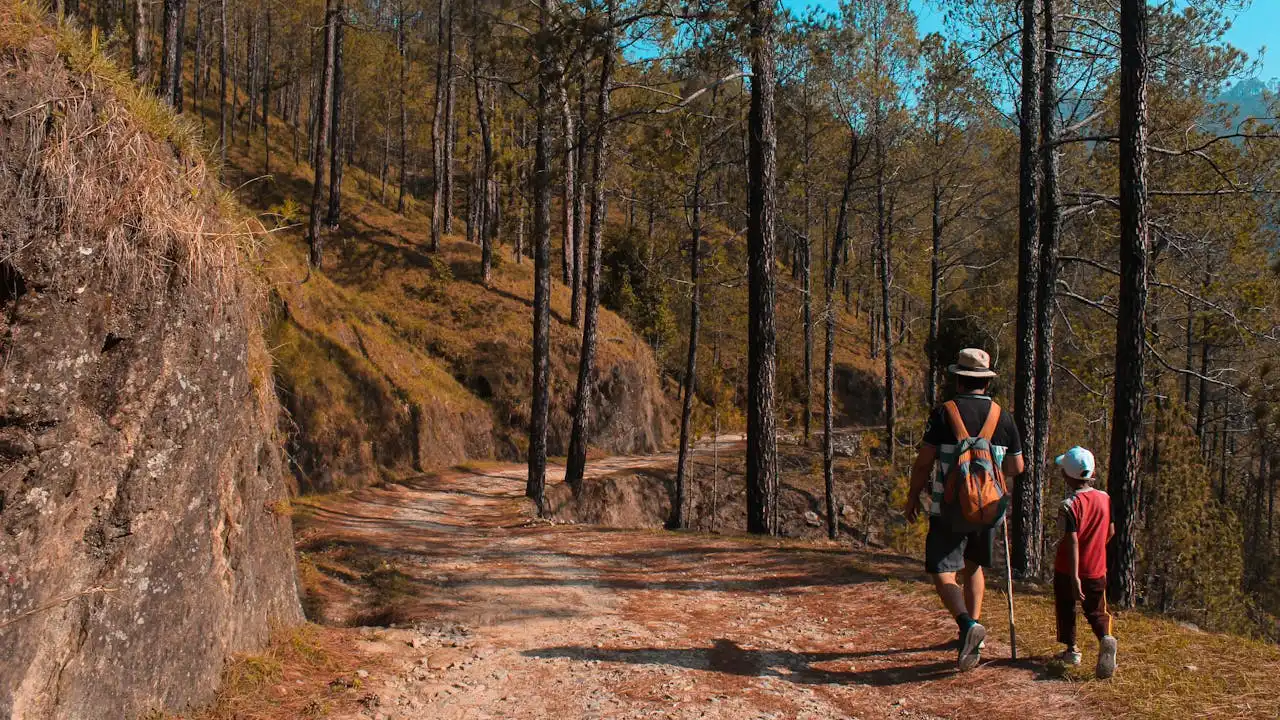
Want to Start Backpacking? These Countries Offer Captivating Beauty at Low Cost
2 months ago
